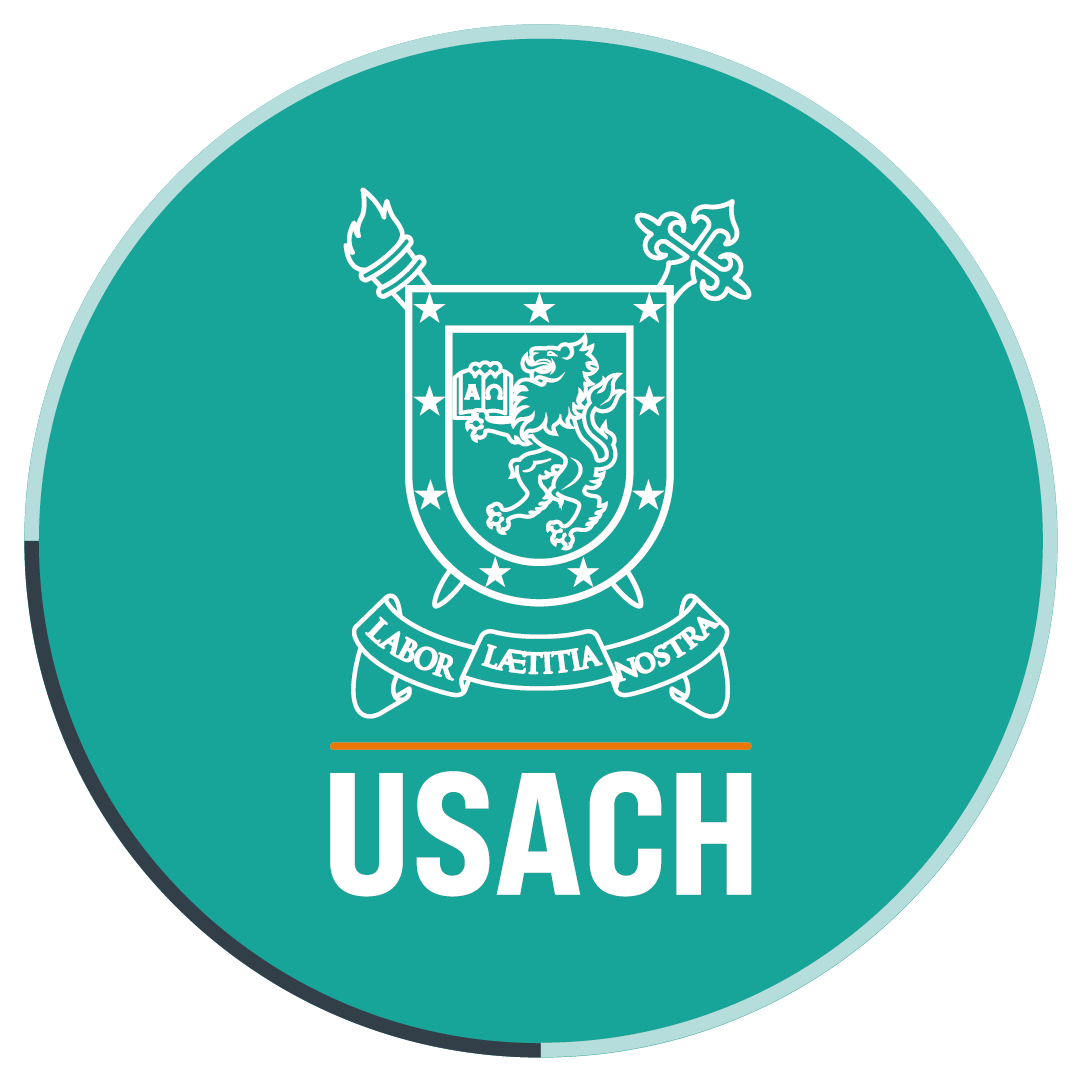Foreign students value human and academic quality of Universidad de Santiago very highly
A total of 129 students from different countries like Mexico, Germany, France; Argentina, Colombia, Spain, Brazil, Canada, Bolivia, Uruguay and Belgium spent this semester at Universidad de Santiago through its student exchange program. They all agree that the academic excellence and social responsibility are the university’s hallmarks.
Every semester, the Department of International and Inter-University Relations of Universidad de Santiago de Chile receives foreign students to promote, strengthen and expand its national and international links and contribute to the university’s positioning and its work in different fields.
During the second semester of 2016 (August-December), a total of 129 students from different countries like Mexico, Germany, France; Argentina, Colombia, Spain, Brazil, Canada, Bolivia, Uruguay and Belgium participated in the student exchange program. They selected one of the 68 programs available at Universidad de Santiago and enrolled as students, researchers or interns.
An internationally renowned university
Karin Chavarría, a student at the Bachelor’s Degree in Literature program of Universidad Mayor de San Andrés, the leading public university in Bolivia, was awarded a scholarship to spend one academic semester at Universidad de Santiago.
“I had never seen a university this large, with all the schools together. That was the first thing that surprised me. The study program has been really complete,” she says.
She adds that she came to Chile through a program of the Montevideo Group Association of Universities. “They provided everything while we were here: accommodation, food and impeccable training, with very good professors. Our classmates received us very well and we made many friends. I recommend Universidad de Santiago for it is one of the best universities in Latin America and worldwide,” she says.
A human and professional network
José Fernando Aguayo, student at the Bachelor’s in Artistic and Industrial Ceramics of Universidad Nacional de Cuyo, Argentina, enrolled in the Bachelor’s in History program of Universidad de Santiago this semester. His experience was so rewarding that he decided to apply for another semester.
“I am applying for another semester at the university, particularly for its environment, for my classmates and the human network between students and professors in which you can interact as equals,” he says.
Jasmine Morgan, a student at the Medicine program of Universidad de Alcalá, Spain, completed an internship at Universidad de Santiago. “This is the best thing that has happened to me. I feel very identified with this university. I think its students have a higher level of training, because they have a higher contact with patients and a closer follow up,” she says.
Human quality and comradeship
Among the best things of this semester abroad, these foreign students highlight the sense of comradeship at Universidad de Santiago. Kevin Moreno, a student at the Elementary Teaching Program of Universidad Autónoma de Chiapas, Mexico, confirms this fact. He applied to Universidad de Santiago on the recommendation of a friend of him who had already spent a semester here.
“The truth is that I had no information about the educational system in Santiago, but once I got here I realized that the system is excellent. There are very good professors, good classmates, good people and there is a nice environment inside and outside the university,” he says.
Myia Newton, a student at the Modern Languages and Spanish program of the University of Windsor, Canada, says that during her stay at Universidad de Santiago, she remembered why she had decided to study languages and, particularly, Spanish.
“My professors are the best and I have learned so much. Some of my classmates are the best people I have met in my five years of university. I am very lucky for having this opportunity. The friends I have made here have inspired me to come back and live here once I finish the university,” she says.
Translated by Marcela Contreras

